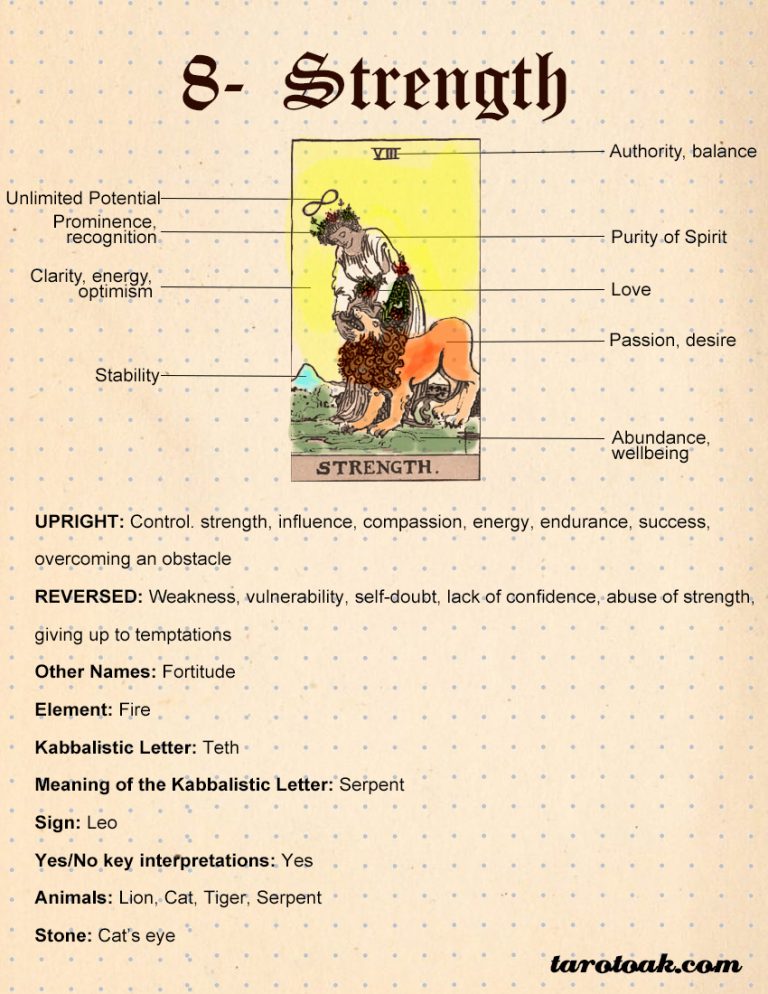

These cities were rather big, in the 13 th Century Venice, Florence and Milan had each over one hundred thousand inhabitants. In Northern Italy emerged around the 12 th Century, some big cities that struggled against the dominating power of the Holy Roman Empire. Comparing the suit symbols with Northern Italian Society at the end of the Middle Ages, we can make some very obvious correspondences. These four symbols fitted very well the Northern Italian society in the 15 th Century, and some people think that this is the reason why these symbols were so easily adopted. In the figure above we see the Ten of Coins, the Nine of Cups, the Ten of Swords and the Nine of Batons of the Visconti Sforza deck. As an example, I will show four numbered cards belonging to the Visconti Sforza deck, created probably for Bianca Maria Visconti somewhere between 14. So, the four suit symbols of the standard Italian card decks became Coins, Cups, Swords and Batons. I will mainly use Batons on this site, in agreement with the Marseille Tarot. So 'Want' became the modern designation of this suit symbol. Wood as such not being an object used in occult practices, the ancient occultists preferred representing a sorcerer's wand. What seems to be central in most interpretations, is that in contrary to the other suit symbols, who are all metal objects, and in agreement with the symbol on the Mamlûk cards, batons are made of living wood. Arrows, a lance (that references to the legendary Spear of Destiny), the scepter of a King, wooden clubs, a sorcerer's wand, a living branch of a tree, the tree of life, many variations have been used on the theme. They are not part of our cultural heritage, so they were transformed to some form closer to us. The Italian standards cards adopted a curved sword, and the Spanish decks had a straight sword. For this reason, the symbol was easily adopted. There were many legendary swords, like the Joyeuse of Charlemagne, and Excalibur in the Arthur legends, to which people attributed enormous powers. The curved swords of the Mamlûk deck are a bit strange, but on the other hand, the sword was the main weapon of a knight and as such it symbolized justice. In the Holy Mass, the priest uses a Chalice, similar to the cups on the Tarot cards, to remember the last Supper and the act of Jesus transforming water in wine. The Holy Grail is often represented as a chalice (although it is very unlikely that Jesus would have used a Chalice during the Last Supper). The quest for the Holy Grail was a very popular theme in medieval times. The 18 th Century and later occultists using the Tarot for their own purposes preferred to use a magic related symbol, the pentagram.Ĭups. Even today, we still encounter on many coins the image of the head of state.
#Tarot element symbols full#
Every strong leader taking care of his image had golden coins created full of references to himself. They could be easily associated with many well-known objects or concepts.Ĭoins are a symbol of power and wealth.

They were inspired by these cards, but why? The reason why these symbols were conserved might be that most of them were already part of our own cultural heritage. To state that the Italian card decks simply copied the Mamlûk symbols goes a bit too far. The Coins and Cups can easily be recognized, but the strangely curved sword and the polo sticks are with the dragon snake are less familiar. But on these Mamlûk cards we can clearly distinguish leaves and flowers, and on the fourth card we even see that the fifth polo stick is portrayed as a snake-like animal with the head of a dragon. The Islamic Art is theoretically purely figurative, it was not allowed to represent living creatures. We have here the Five of Coins, the Ace of Cups, the Ace of Swords and the Five of Polo sticks.


 0 kommentar(er)
0 kommentar(er)
